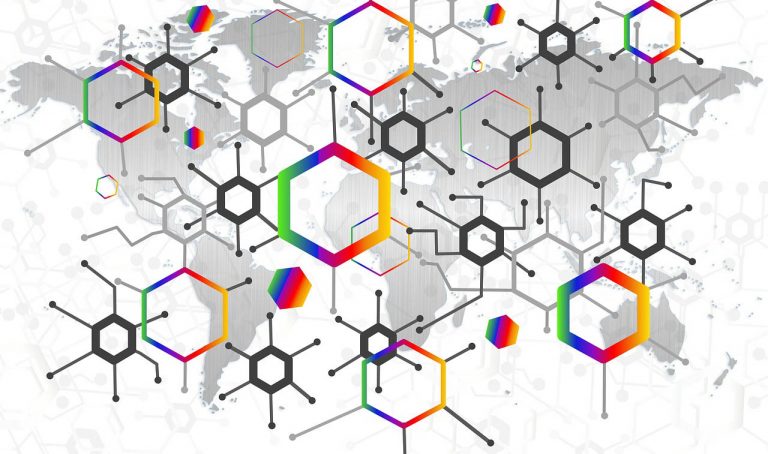While crowdsourcing has become a hot topic as of late, the idea is really nothing new. In fact, Wikipedia was one of the first to employ this concept nearly two decades ago. Today, the website is one of the largest and most well-known online. However, crowdsourcing isn’t just a way to build a not-for-profit website. It can do wonders when it comes to innovative changes to businesses in just about any sector.
Contents
What Is Crowdsourcing?
According to Google, the definition of crowdsourcing is:
The practice of obtaining information or input into a task or project by enlisting the services of a large number of people, either paid or unpaid, typically via the internet.
This means that crowdsourcing is nothing more than using the opinions or skills of a large crowd of people to accomplish a goal.
Crowdsourcing In A Corporate Sense
Crowdsourcing is used by various websites today in order to build content. Seeking Alpha does it to bring valuable investing content to readers. Facebook built the world’s largest social network, the content on which was all created by the crowd. The examples of websites using this concept could go on and on. However, what about corporations? How does a company benefit from the employment of corporate crowdsourcing? Here are some examples:
- Employee Suggestions – Few know what customers are looking for better than the employees that serve these customers directly. Several corporations take advantage of this knowledge by asking for employee suggestions. These suggestions could have to do with customer service, product features, new products entirely, and more. By sourcing these ideas through employees, corporate management teams can get detailed insights as to what they could be doing better.
- Customer Crowdsourcing – Customer surveys are a great way that corporations can use crowdsourcing to their advantage. At the end of the day, it’s the customer that keeps the business alive. So, there’s no harm in asking customers what you could be doing better, what features they’d like to see, and what products they are interested in purchasing. In fact, various fast-food giants like Taco Bell and McDonald’s use crowdsourcing via surveys on the backs of receipts to see what they could be doing better for their customers and unlock opportunities for growth.
- Service Providers And Other External Stakeholders – Service providers and other external stakeholders in your business likely have ideas that could help propel your business to the next level as well. Enlisting the help of this crowd could open the door to further opportunities.
Examples From Successful Corporate Crowdsourcing Initiatives
There are several examples out there, but some of the most impressive examples of what can be achieved through corporate crowdsourcing include:
- WAZE – WAZE is a mapping application that promises to show you the fastest way to get from point A to point B at any time of day. The app pulls speed data from users that take advantage of the app to figure out where traffic jams are and provide routes around these jams. The app also benefits greatly from users by asking them to report accidents and other information that can be useful when traveling.
- McDonald’s – Back in 2014, McDonald’s decided to use crowdsourcing to launch a campaign and produce new menu options. With their Burger Builder campaign, the company allowed customers to build what they viewed to be the perfect winner. They even went as far as to ask users to create advertising campaigns, viral video, and other content to go along with the burgers. Then, the country would vote on which burger they wanted. McDonald’s launched a few of these burgers, providing a picture of the creator and a short bio with them as payment. With no money paid out, countless pieces of viral content were created, further expanding the company’s already impressive brand.
- Starbucks – Finally, Starbucks launched My Starbucks Idea a few years back. The website is dedicated to nothing more than mining ideas from their customers, employees, and others who are interested in sharing. While the company hasn’t said just how many of these ideas were used in their products, it’s likely that they have led to at least a few successful products at this point.
The Takeaway
Oftentimes, corporate management teams bat ideas across the conference table, hire experts, and spend massive amounts of money to come up with the next big idea. However, crowdsourcing is changing the way some management teams create their next big hits. By employing the power of the crowd, corporations are not only taking advantage of compelling ideas offered up by their customers, but they’re also turning these ideas into innovative new products and concepts that propel their businesses to the next level.

